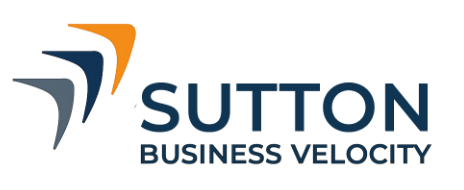Rolling out a Total Rewards strategy can feel like juggling flaming torches while walking a tightrope. Companies often focus on speed, getting programs live quickly, only to realize that a hasty rollout can leave employees confused, disengaged, or underwhelmed.
Balancing implementation velocity with employee experience requires deliberate planning, clear communication, and empathy for the people at the center of these programs. Here’s how companies can improve total reward implementation.
Understand Employee Perspectives Before Acting
The fastest path to implementation rarely begins with technology or policy documents. It starts by understanding the employee experience. Employees perceive total rewards through their daily interactions with compensation, benefits, recognition programs, and career pathways. An incentive plan, no matter how mathematically precise, can fall flat if employees don’t understand how it affects them personally.
Collecting insights through surveys, focus groups, or informal conversations can reveal gaps in understanding, expectations, and engagement. These insights allow HR and rewards teams to tailor communication and design decisions in ways that resonate. By empathizing with employees upfront, companies can accelerate implementation without leaving the workforce behind.
Streamline Processes While Preserving Clarity
Efficiency does not have to come at the expense of clarity. Consider mapping out every step of the implementation process: policy approvals, system updates, manager training, and employee communication. Identify bottlenecks that could delay rollout and address them proactively.
Automation and technology can accelerate program delivery, but clarity must remain a priority. When tools or dashboards are introduced, they should be intuitive, minimizing learning curves and confusion. Employees should feel confident accessing their rewards information without navigating a maze of systems or jargon.
Communicate With Purpose
Effective communication is the bridge between speed and experience. A rapid rollout can backfire if employees don’t understand the value of new programs or how to use them. Messaging should focus on relevance, transparency, and accessibility.
- Explain why programs exist, how they benefit employees, and what behaviors or outcomes they reward.
- Use real-life examples to demonstrate impact, showing employees the tangible benefits for them and their families.
- Engage managers as ambassadors who can interpret policies in human terms rather than technical language.
This level of communication transforms the rollout from a procedural update into a meaningful experience. Employees feel informed, empowered, and more likely to embrace new programs.
Train, Support, and Iterate
Training is often treated as a checkbox, but thoughtful, ongoing education accelerates adoption. When managers and HR professionals understand the mechanics of salary structures, incentive programs, and benefits eligibility, they can answer questions, guide teams, and prevent confusion.
Additionally, implementing feedback loops allows organizations to adjust programs quickly. Rapid implementation without evaluation risks perpetuating gaps or dissatisfaction. Iteration ensures programs remain relevant, practical, and aligned with employee needs, sustaining engagement well beyond the initial rollout.
Balance Speed With Employee-Centered Design
The tension between speed and employee experience can be resolved by placing people at the heart of every decision. Understanding perspectives, streamlining processes, communicating purposefully, and providing training creates momentum while safeguarding engagement. Organizations that master this balance can deliver total rewards that feel personal, meaningful, and timely, enhancing both the employee experience and the organization’s strategic goals.
Enhance your Total Rewards strategy with Sutton Business Velocity. I guide organizations through assessment, design, implementation, and training, helping your team understand, access, and benefit from compensation, incentives, and programs that truly support employees and their families.

